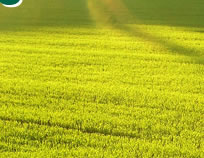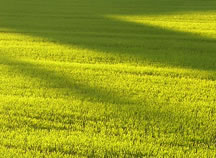 - Drainage - Drainage
An
important feature of good turf surfaces is the ability to
shed excess water when required. This generally relates to
the efficient dispersal of excess winter rainfall. Heavy winter
rains can make a ground slow, heavy and unstable, and therefore
unsuitable for competitive sports of any sort.
|
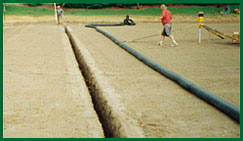 |
| In an effort to provide suitable playing surfaces for most
weather patterns, the Sportsgrass P/L design process includes
an allowance for either the installation of additional drainage
features where practical, or the shaping of the surface to
assist surface runoff of excess rainfall. |
Sports
surface profiles can be either quick or slow draining, depending
on the type of existing soil and the materials used in construction.
A field that can withstand substantial rainfall (20mm+) before
or during play without affecting the playing characteristics
is said to be fast draining. Conversely, a field that alters
after 2-3mm of rain is said to be slow draining.
A
free-draining sand profile, built specifically to drain quickly
is optimum. At the high performance end, some sand based grounds
can accept in excess of 50mm of rainfall in one hour without
seriously affecting the playing surface. In Victoria, this
is regarded as an unusual event, so ground manager’s
work toward a figure in this region. On the other hand, a
ground built with heavier loam topsoil may only be able to
accept 2-3mm of rainfall per hour before playing conditions
can alter significantly. For slow draining loam topsoil, a
surface shape that includes a fall of at least 1.25 % (1 in
80) is critical.
Underground
drainage pipe works
These drainage systems work to collect excess water after
heavy rainfall and remove it from the surface quickly to prevent
surface damage and to assist in maintaining suitable playing
surfaces.
In
free draining sands, these work to collect water as it drains
through the soil profile. In slow draining turf systems, care
must be taken when designing and installing these systems.
In this case Sportsgrass design techniques work to produce
a turf system that drains freely across the entire surface,
not just where the drainage pipes are laid.
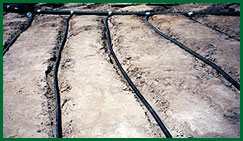 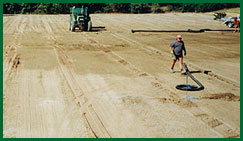
|

